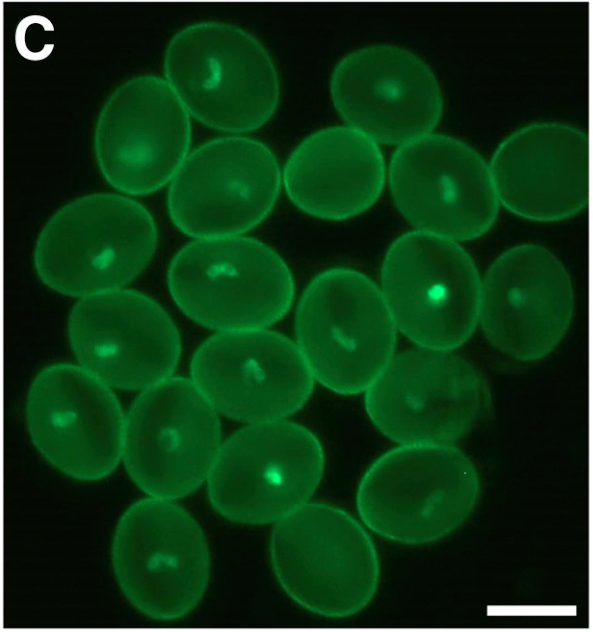
Postzygotic reproductive isolation via sequestration of a transposon-derived siRNA ($) (Devel. Cell)
Plant Science Research WeeklyHybridization of plants with distinct chromosome number often results in seed development defects due to a phenomenon known as the triploid block. While this is triggered by the unbalanced expression of some paternally and maternally imprinted alleles, the molecular basis of the triploid block is not…
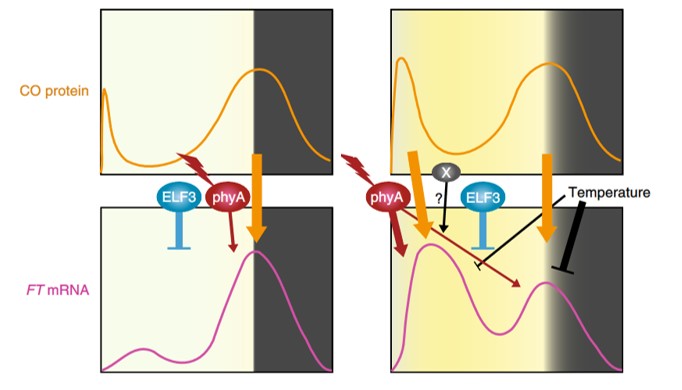
Flowering time in the real world (Nature Plants)
Plant Science Research WeeklyThere are pros and cons to growing plants in controlled conditions. On the one hand, controlling light, temperature, humidity and other environmental factors should aid reproducibility between experiments and labs. But what if the conditions used profoundly and unexpectedly affect the process you are…
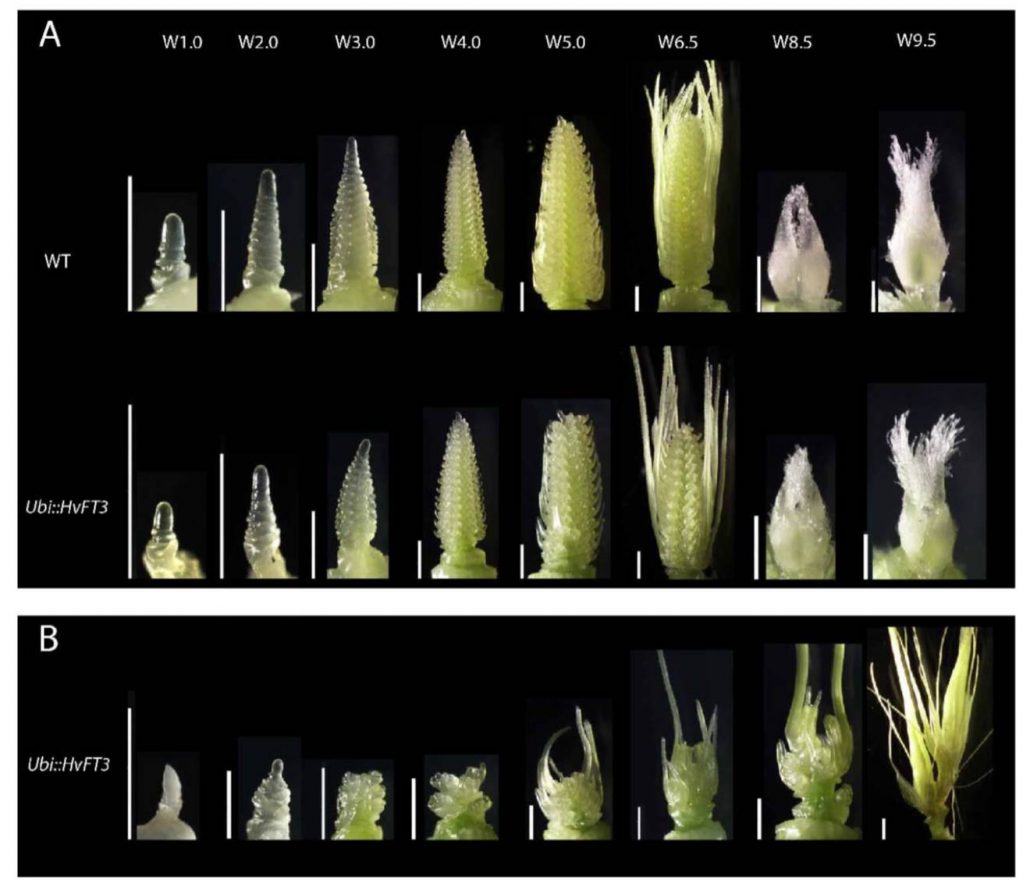
FLOWERING LOCUS T3 controls spikelet initiation but not floral development (Plant Physiol)
Plant Science Research WeeklyFT encodes a mobile protein that carries a flower-promoting signal to the shoot apical meristem. In most plants, the FT gene has duplicated and diversified. Mulki et al. investigated the function of FT3 (HvFT3) in barley. Prior work showed that overexpression of HvFT1 accellerated the initiation and…
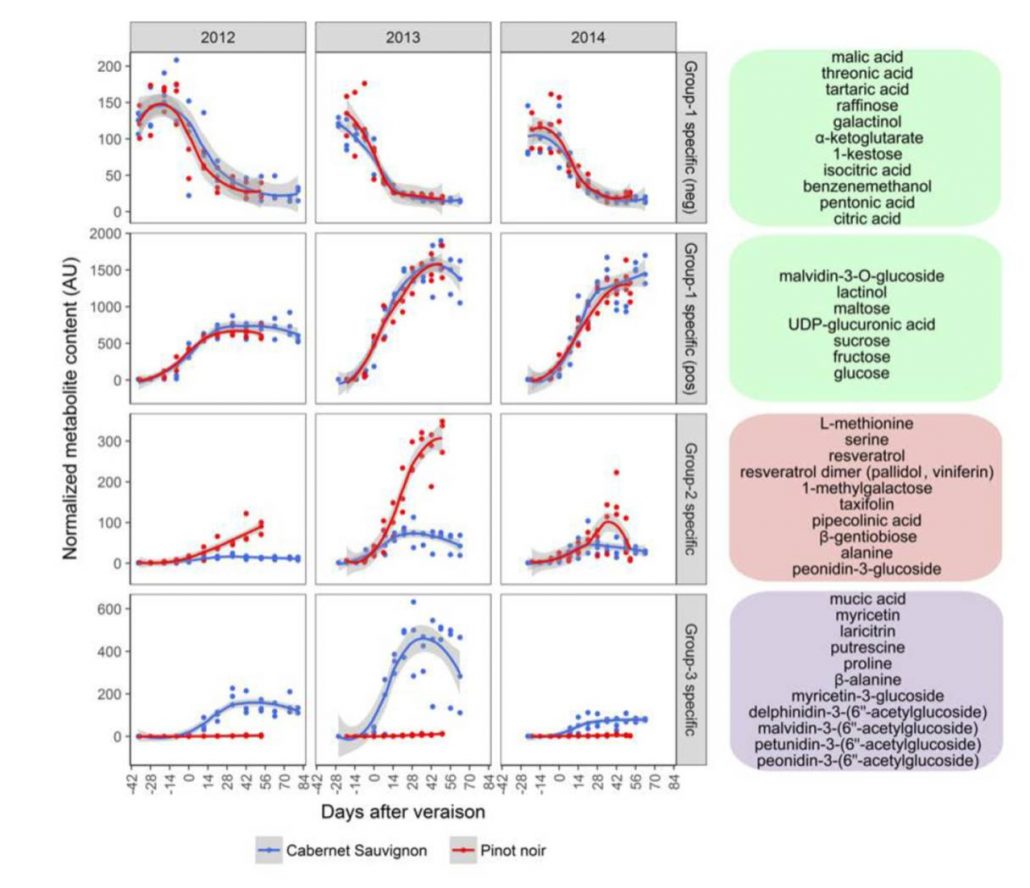
Molecular events marking the onset of berry ripening in grapevine (Plant Physiol)
Plant Science Research WeeklyDo you know the difference between a wine made from Pinot noir grapes and one made from Cabernet Sauvignon grapes? Most people can taste a difference, but to really understand the wines you might want to go a bit deeper through metabolomic and transcriptomic approaches, as done by Fasoli et al. (in a…
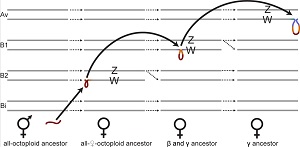
Plant sex regions can “jump” in strawberry (PLOS Biol.)
Plant Science Research WeeklySex chromosome restructure has happened frequently during the evolution of eukaryotes, often resulting in highly differentiated sex chromosomes. However, little is known about this process in plants. The wild North American octoploid strawberries (Fragaria) have separate sexes with homomorphic, female…
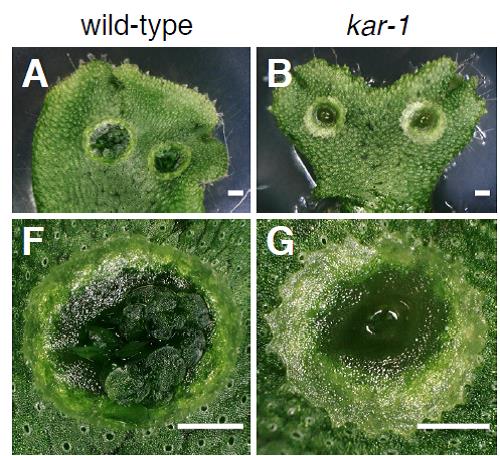
A RopGEF regulates asexual reproduction in the liverwort Marchantia polymorpha
Plant Science Research WeeklyComplex developmental programs regulate tissue and organ formation throughout the green plant lineage, from early diverging non-vascular lineages (bryophytes) to vascular flowering (angiosperm) plants. In the model liverwort Marchantia polymorpha, epidermal patterning gives rise to surface structures…
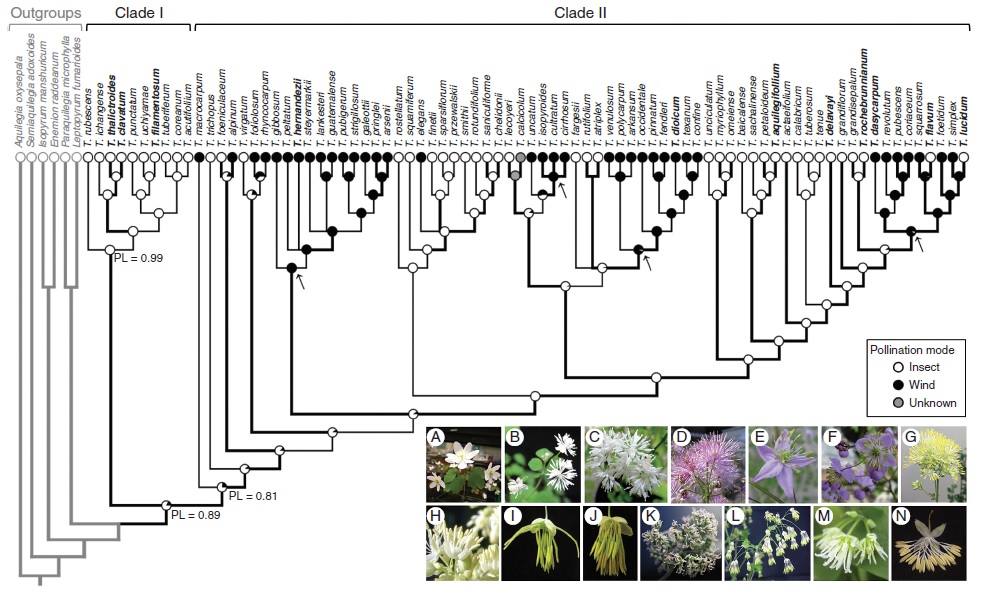
The fate of scent in insect- vs. wind-pollinated flowers ($) (Ann. Bot)
Plant Science Research WeeklyFlower traits (mainly flower colour, position, shape, size, reward and scent) in present-day plants are the result of past selection pressures. Among these traits, scent is a crucial component mediating pollinator attraction, and is often greatly reduced in abiotic-pollinated plants. Wang et al. characterize…
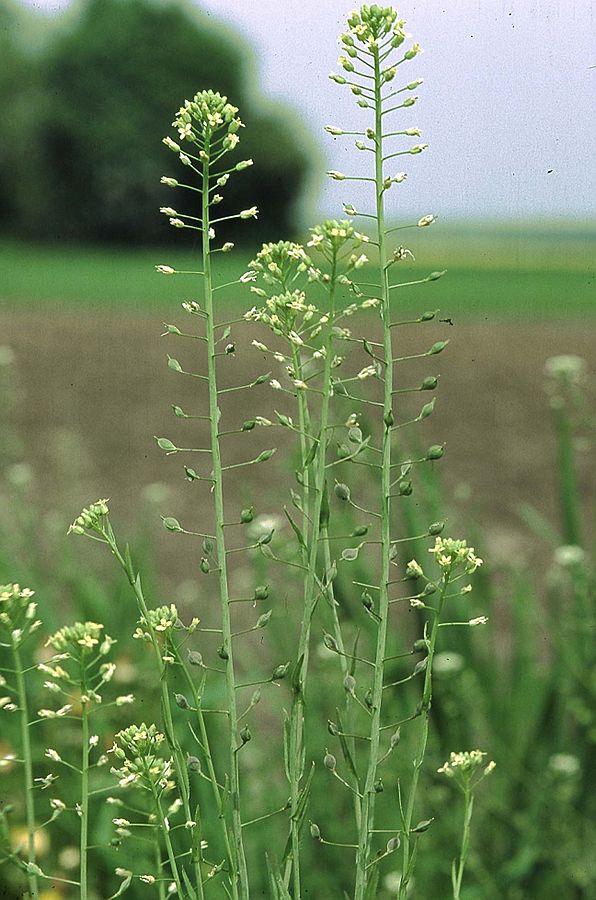
Expression of FLOWERING LOCUS C differentiates summer and winter biotypes of Camelina sativa (Plant Direct)
Plant Science Research WeeklyCamelina sativa is a member of the Brassicaceae family that is grown as an oilseed crop. It has summer and winter flowering biotypes, the latter of which requires vernalization to induce flowering. These two biotypes allow for double-cropping, and the winter-flowering biotype can also be used as a…
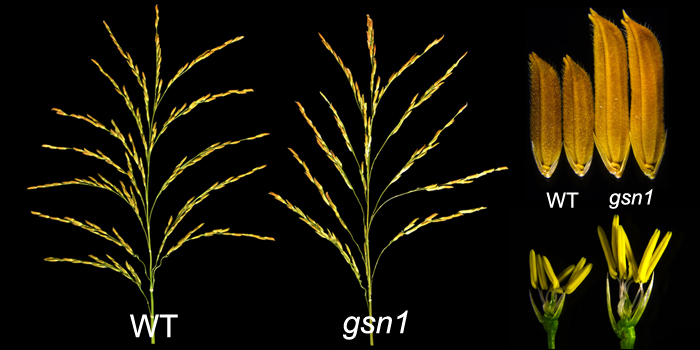
Rice Panicle Morphogenesis: Intercommunication Between Grain Number and Size
Research, The Plant Cell, The Plant Cell: In a NutshellGuo et al. investigate the trade-off between seed number and seed size of rice. Plant Cell (2018) https://doi.org/10.1105/tpc.17.00959.
By Tao Guo, Ke Chen, Nai-Qian Dong, Chuan-Lin Shi, Wang-Wei Ye, Ji-Ping Gao, Jun-Xiang Shan, Hong-Xuan Lin
Background: Rice is one of the main staple cereal crops…

